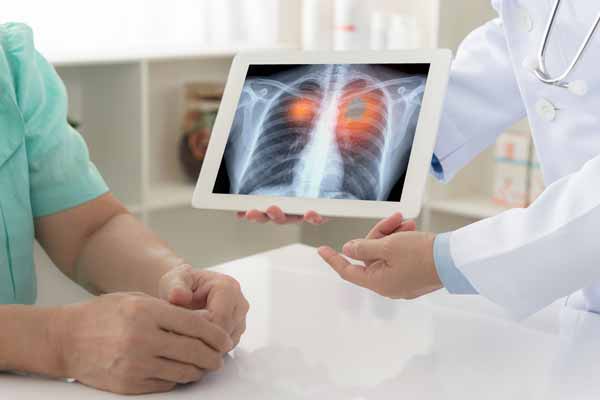Treatments
>
Respiratory
Treatments -> Respiratory
Treatments for Respiratory Conditions
Click on any of the items below to jump down the page to the relevant section.
We have included a lot of information about how you can benefit from Acupuncture Treatments and how they work.
Common Cold
Together with acupuncture, Chinese herbal therapy is used very effectively to combat the infection and inflammation produced by viral and bacterial invasion of the upper respiratory system.. Antiviral and antibacterial herbs are used in much the same way as antibiotics prescribed by your regular doctor, but it goes way beyond that and this is why.
How does this all work?
To further understand how acupuncture and Chinese herbs help our immune systems to combat colds and flu, let’s take a brief look at how traditional Chinese medicine (TCM) views the common cold. The external pathogens responsible for cold and flu symptoms in a body are seen as “invasions of wind”. Say what? Growing up, my mother would always tell me to put on more clothing before leaving the house, or not to go out with wet hair, so I wouldn’t catch wind. It was not until later when I started my studies of TCM that the theory of “wind” was explained in extensive detail.
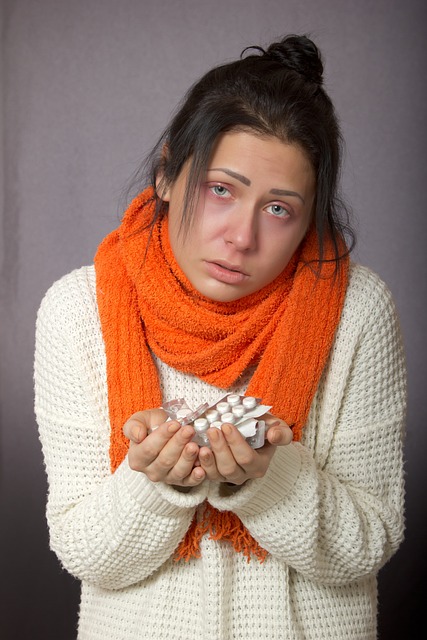
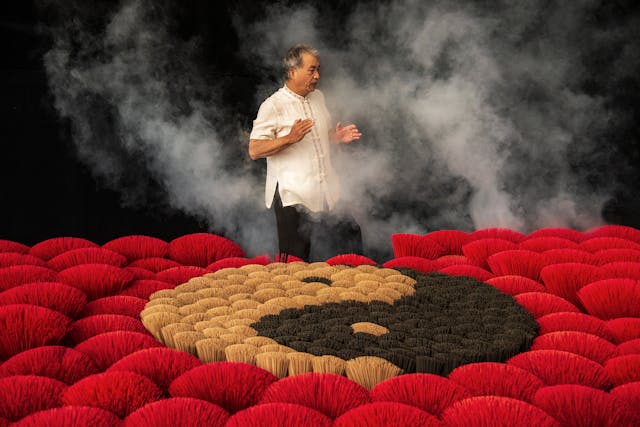
Wind:
Wind is considered to be one of six external pathogens that can invade the body and produce symptoms. Our body is protected by what is known as the wei qi (defensive qi) also known as our immune system. This is our body’s first line of defense. When we are strong and healthy, our wei qi stands guard, keeps the pores of our skin closed and prevents wind from entering. However, when we are highly stressed, over-worked,, lack appropriate rest, eat poorly or are simply inappropriately dressed for certain weather conditions after being too warm and perspiring, our defensive Chi becomes compromised, our pores open and wind enters the body. This explains why when we experience the beginnings of a cold we feel chills, sensitivity to the wind and body aches as this wind enters superficial meridians and blocks the flow of energy in them. Chinese herbs used to treat the common cold work as anti-viral and antibacterial agents and also have a diaphoretic action which repels wind out of the body. Furthermore wind can carry another pathogen with it and can thus present as wind heat or wind cold, which would be treated with two very different sets of herbs and acupuncture techniques.
Wind-Cold:
This form is the milder of the two and appears when the cold is just in the beginning stages and there are not many heat symptoms. The ‘bug’ at this time is slightly dancing and teasing you on the surface of your skin trying to feel its way and see whether you are vulnerable for an attack or not. Some of the symptoms may include:
- Sensitivity to cold or wind
- Shivering
- Sneezing
- Cough
- Runny nose with white-watery mucus
- No fever or slight fever
- Body aches
- Stiff neck
- No sweating
- No thirst
This is a good time to load up on vitamin C, drink plenty of room temperature water, rest and stay away from icy cold beverages. Drinking miso soup with tofu and scallions is also excellent during this time. Taking a hot bath and immediately covering yourself up to ‘sweat off’ the pathogen is also helpful. But please make sure to change your clothes if they get damp and continue to cover up. This is also the best time to visit your Chinese medical doctor to get acupuncture to strengthen the immune system and start on medicinal herbal teas to ward off or to fight the beginnings of the cold.
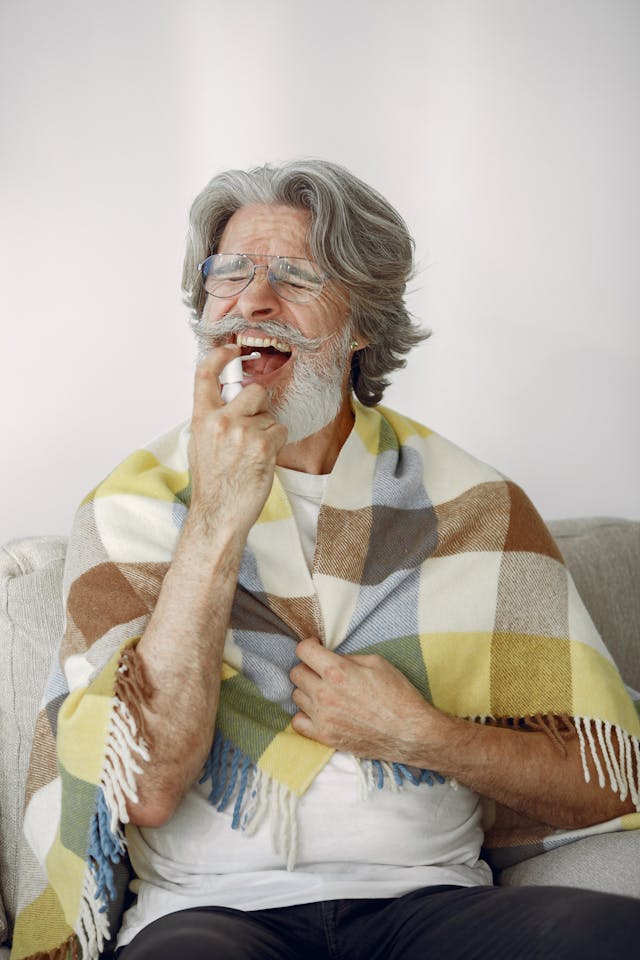
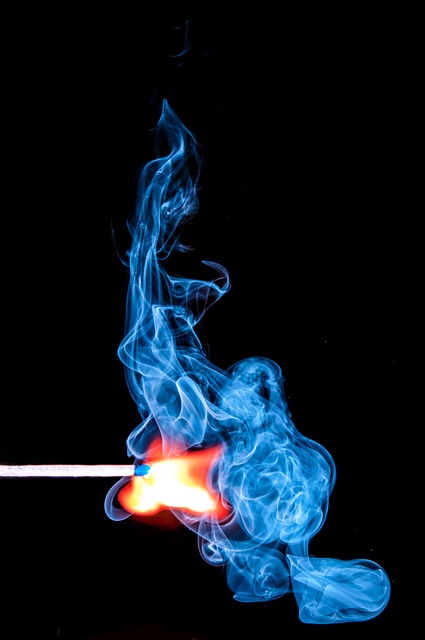
Wind-Heat:
Many of us won’t even see a wind-cold condition, as symptoms present immediately as wind heat. The virus in this case invades the body quickly and its defensive response is to increase the body temperature in order to literally kill off the bugs. Some symptoms include:
- Sensitivity to wind
- Fever
- Sore throat
- Swollen tonsils
- Sneezing
- Slight body ache
- Cough and running nose with yellow or green mucus
- Slight sweating
- Thirst
During this time, plenty of rest and water are essential. Cover up especially the head and neck area. Mint or chrysanthemum flower teas are helpful. Try to avoid stimulating foods like spicy, greasy, fried foods and sugar, as these foods create mucus and will further exacerbate the condition. Again, at the slightest hint of a sore throat or swelling of the glands around your throat, come and get some acupuncture and herbs.
Prevention:
At this point you may already understand how effective Chinese medicine is at treating the initial stages of a cold, but you are probably asking yourself, what if I have already had a cold for a week or I have not managed to shift the cold I caught last month? Herein lies the sophistication of Chinese Medicine as mandated by our 2000 year old classic “The Shan Han Lun,” which indicates a clearly defined treatment protocol for colds and flu at every single stage of manifestation, from the full blown fever and chills at the initial stage, to the low grade sniffles that can linger for months.
Nearly two thousand years ago in China, Zhang Zhong-Jing wrote the famous Eastern medical text known as the Shang Han Lun (Discussion of Cold-induced Disorders and Miscellaneous Diseases). This text is primarily concerned with the use of Chinese herbs for what we call the common cold. Legend has it that Zhang Zhong-Jing lost most of his family to an epidemic of febrile disease and devoted his life’s work to the treatment of such diseases.
More recently, in the early 2000s, H1N1 ravaged through China. It was stopped and prevented from spreading around the world using a combination of quarantining infected individuals, and with the use of anti-viral and anti-bacterial upper respiratory herbal formulas, that were required to be taken preventatively by all health-care workers. This article describes in detail how this “swine flu” (another type of corona virus) was addressed in mainland China and Hong Kong.
For two thousand years, Oriental Medicine has been used to successfully treat & prevent cold and flu. Eastern Medicine’s primary strategy is in maintaining a state of balance within the human organism and in the body’s relationship to the outside environment. If we are in a state of balance both within ourselves as well as within our relationship to the world that we live in, our resistance to illness will be sufficient to keep us from contracting a cold or flu. We are exposed to viruses all the time, and often the people most likely to get sick have been under a lot of stress, are over-fatigued, have allergies, or are generally out of balance.
As a form of preventative medicine, get regular acupuncture treatments during the flu season, or the changing of the seasons. Prevention is the key. If you are susceptible to catching colds easily, know that studies have shown how acupuncture helps increase white blood cell count resulting in a boost to your immune system. Finally, if you feel just the slightest indication of a wind invasion such as slight body aches or a scratchy throat, or if everyone around you is coming down with something, get some acupuncture, take the herbs, and you may be the one who manages to get the least sick or not sick at all!

Sinusitis
Acute sinusitis is a condition where the patient’s nose and sinuses become inflamed, causing the person to have congested nasal passages, blockages, discharge from the nose and pain in their face. These symptoms are all conditions that the use of acupuncture therapy as well as herbal formulas can often help to reduce, to enable people to need to use fewer prescription or over-the-counter western medications. Acute sinusitis conditions can last up to 12 weeks. It’s incredibly uncomfortable and difficult to deal with while the symptoms persist. Chronic sinusitis on the other hand is much more severe. Patients have all of the aforementioned symptoms, but these symptoms are exaggerated and do not go away after 12 weeks, and can often last throughout a person’s entire life. These people need to find a way to lessen the effects in order to enjoy activities of daily life as much as possible.
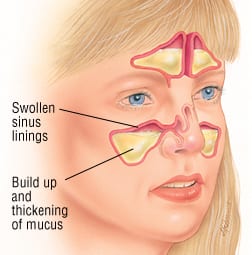

Sinusitis Treatments:
-
- Oral antibiotics
- Nebulized antibiotics
- Intravenous antibiotics
- Sinus surgery
- Increases local microcirculation to help reduce swelling
- Stimulates the body to strengthen the immune system
- Stimulates nerves in the tissues and muscles in the face to lessen the pain
- Increases the body’s production of endorphins
Chronic Obstructive Pulmonary Disease (COPD)
According to the American Lung Association, Chronic Obstructive Pulmonary Disease (COPD) is the third leading cause of death in the United States. COPD is the name given to a group of diseases adversely affecting the person’s ability to breathe, with the two most prevalent COPD diseases being chronic bronchitis and emphysema. In this family of disease, possible symptoms include shortness of breath (dyspnea), cough, wheezing and fatigue.These are the same symptoms associated with emphysema. Emphysema and chronic bronchitis are two conditions that make up chronic obstructive pulmonary disease (COPD). Smoking is the leading cause of COPD. Treatment may slow the progression of COPD, but it can’t reverse the damage.
Acupuncture therapy has been recommended and used to treat patients with COPD in China. It is reported that acupuncture may help relieve COPD by reducing bronchial immune-mediated inflammation and by promoting release of vascular and immunomodulatory factors, according to some small research studies that have shown beneficial results from people receiving acupuncture instead of placebo, referenced in this article, as well as this article.
A larger, though less lengthy study was done a few years later and showed similar positive results.
